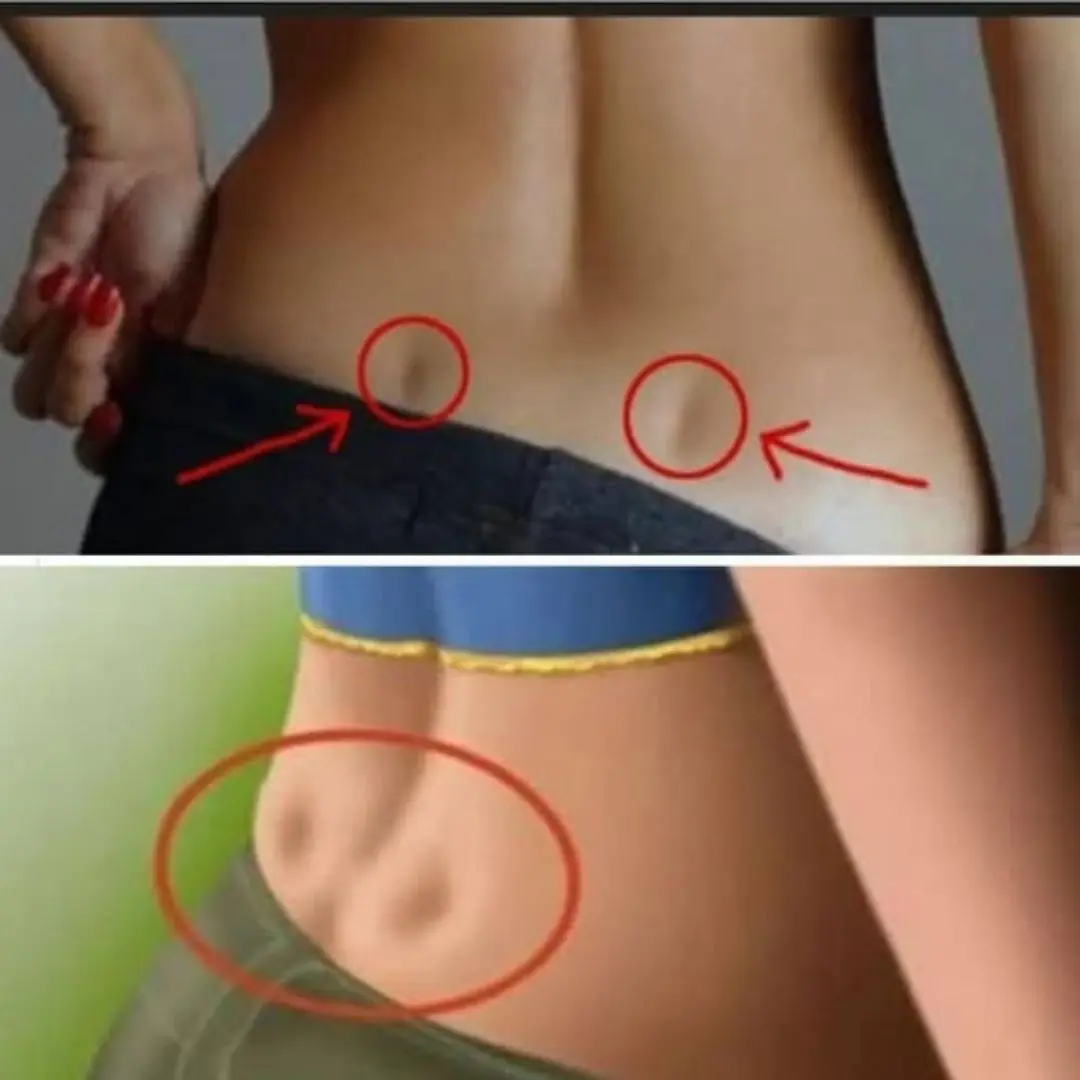
Few People Realize the Real Reason Behind That Little Hole Above the Sink

In cases where you accidentally let water overflow and the main drain is blocked or cannot release water in time, the small hole connected to the pipe below prevents the water from spilling onto the floor.
Sinks and washbasins are certainly not unfamiliar, as they are present in every household bathroom. Yet sometimes there are things you see and use every day but often overlook, forgetting their real purpose and function.
A clear example is the tiny hole you always see in washbasins. Is it a manufacturer’s mistake, or was it designed with intention and usefulness?
In reality, many people use the sink daily without paying much attention to this hole, or they may assume it is just an unnecessary design feature.
In washbasin design, the small hole is usually placed about one-third down from the top edge of the basin. Surprisingly, this hole is connected to the drainpipe below.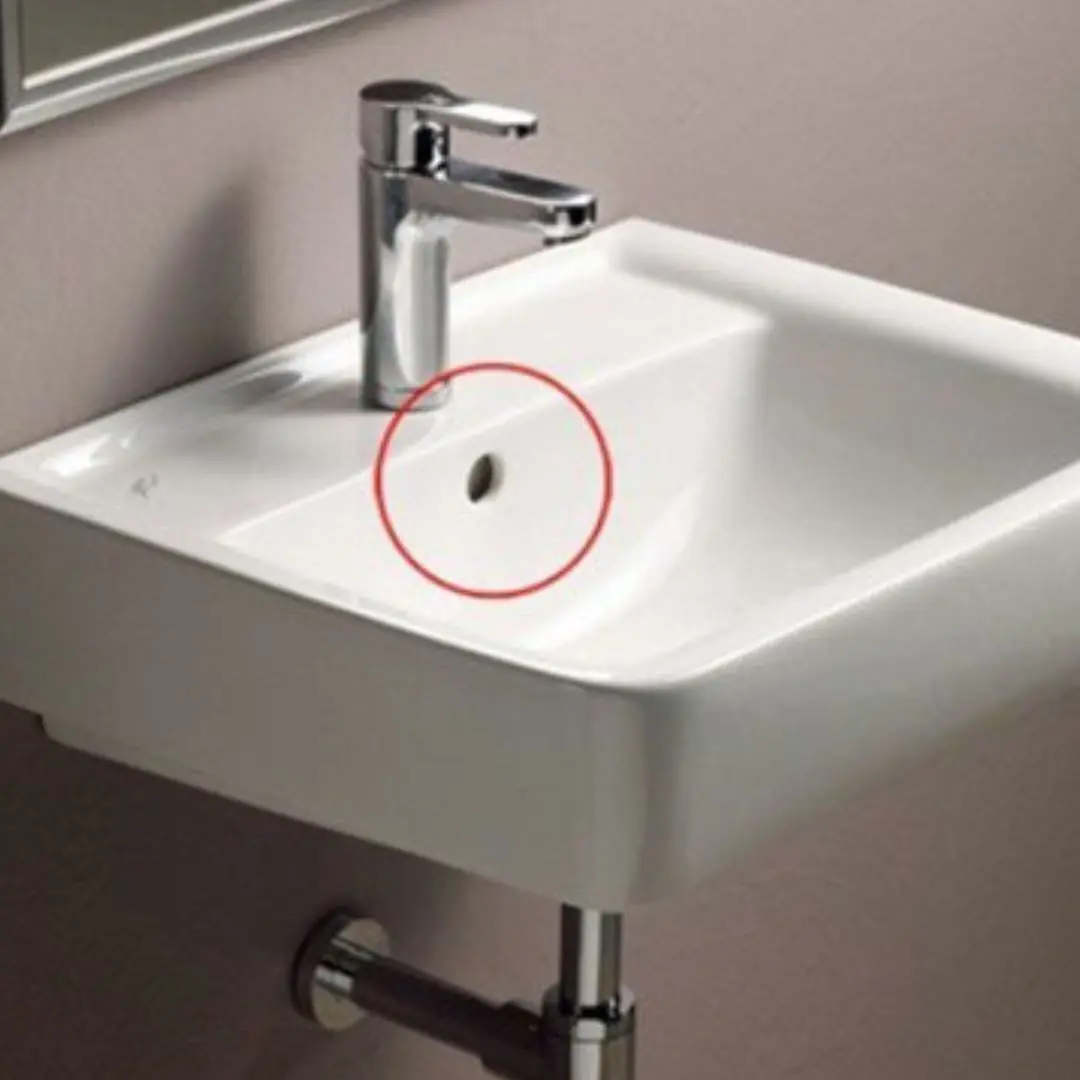
This is one of the most practical design features of a sink. According to experts, there are times when users might forget to turn off the faucet. At that moment, the small hole becomes extremely important.
If water begins to overflow and the main drain is blocked or too slow, the small hole allows the excess water to flow down into the pipe below, preventing flooding on the bathroom floor.
Thanks to this little hole, you don’t have to worry about water spilling over and flooding your home. It not only prevents overflow but also helps improve water drainage. Additionally, it allows airflow, which reduces pressure and helps water drain faster from the sink.
However, despite its advantages, the small hole also has drawbacks. Positioned in an inconvenient spot, it easily accumulates dirt, mold, and bacteria from the pipes, which can rise up and cause unpleasant odors. Over time, moss, mildew, and residue may build up, affecting hygiene and even your health.
For this reason, if you notice an unpleasant smell in your bathroom, you can pour a mixture of vinegar and baking soda into the hole. The chemical reaction will help dissolve dirt inside the pipe within 5–10 minutes. Finally, flush the sink with warm water to thoroughly clean it. This simple method will keep your bathroom fresh and clean.
Besides odors, porcelain sinks may also become yellow and stained after long use. This not only ruins their appearance but also provides a breeding ground for bacteria. Experts recommend cleaning regularly with simple methods such as:
1. Soap and hot water
Prepare some soap, a sponge, and warm water. Dissolve the soap in a small bowl of hot water, dip the sponge into the soapy mixture, and scrub the stains. Avoid using steel scrubbers, as they may scratch the porcelain. Rinse thoroughly with warm water afterward to restore the shine.
2. Baking soda
Wet the sink, sprinkle a layer of baking soda over the surface, and scrub in circular motions with a sponge. Leave it for about 10 minutes, then rinse with clean water. Using hot water can increase the cleaning effect.
3. Lemon juice and salt
This is another simple and highly effective cleaning method. Squeeze the juice of about five lemons into a bowl, add enough salt to form a thick mixture, and apply it to the sink with a sponge. Scrub the entire surface, leave it for 15–20 minutes, and then rinse with clean water.
News in the same category


If You Find This Insect in Your Home, Here’s What It Means

Doctors Reveals That Eating Apples Causes

What are the health consequences of dehydration?

Heartbreaking but Important: Subtle Signs Your Dog May Be Nearing the End of Life

Put a piece of garlic in the middle of the tree, it has great uses, everyone will want to do it
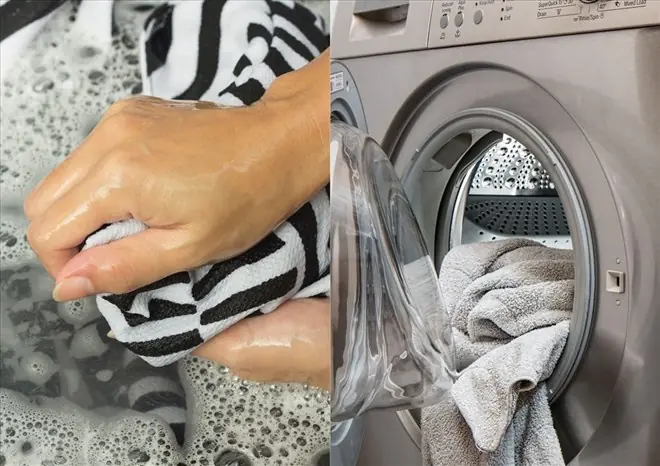
Save a Ton of Electricity Just by Pressing One “Special” Button on Your Washing Machine — Many People Use It for Years Without Knowing

Why Do Flight Attendants Choose to Stay at a Hotel Instead of Going Straight Home After Landing?

Cardiologist answers questions about clip instructing stroke check with finger that has millions of views on social networks

What it says about your relationship when your partner sleeps with their back to you

When Someone in the Family Passes Away, Never Throw Away These 4 Things at Their Funeral

If you hear ringing in your ear, this is a sign that you will suffer from...

When a cat rubs against you, this is what it means

Why do dogs often chase strangers

5 bad habits that increase the risk of str.oke at night

The Silent Mystery of Seat 11A: From the Most Hated Spot to a “Lucky Charm” That Saved the Only Survivors of Two Air Disasters

Doctor’s note: 4 fruits you should limit due to potential health risks, even if they seem affordable.

How dangerous are scratches on non-stick pans?

Warning: 2 types of cooking oils that are harmful to the heart should be limited
News Post
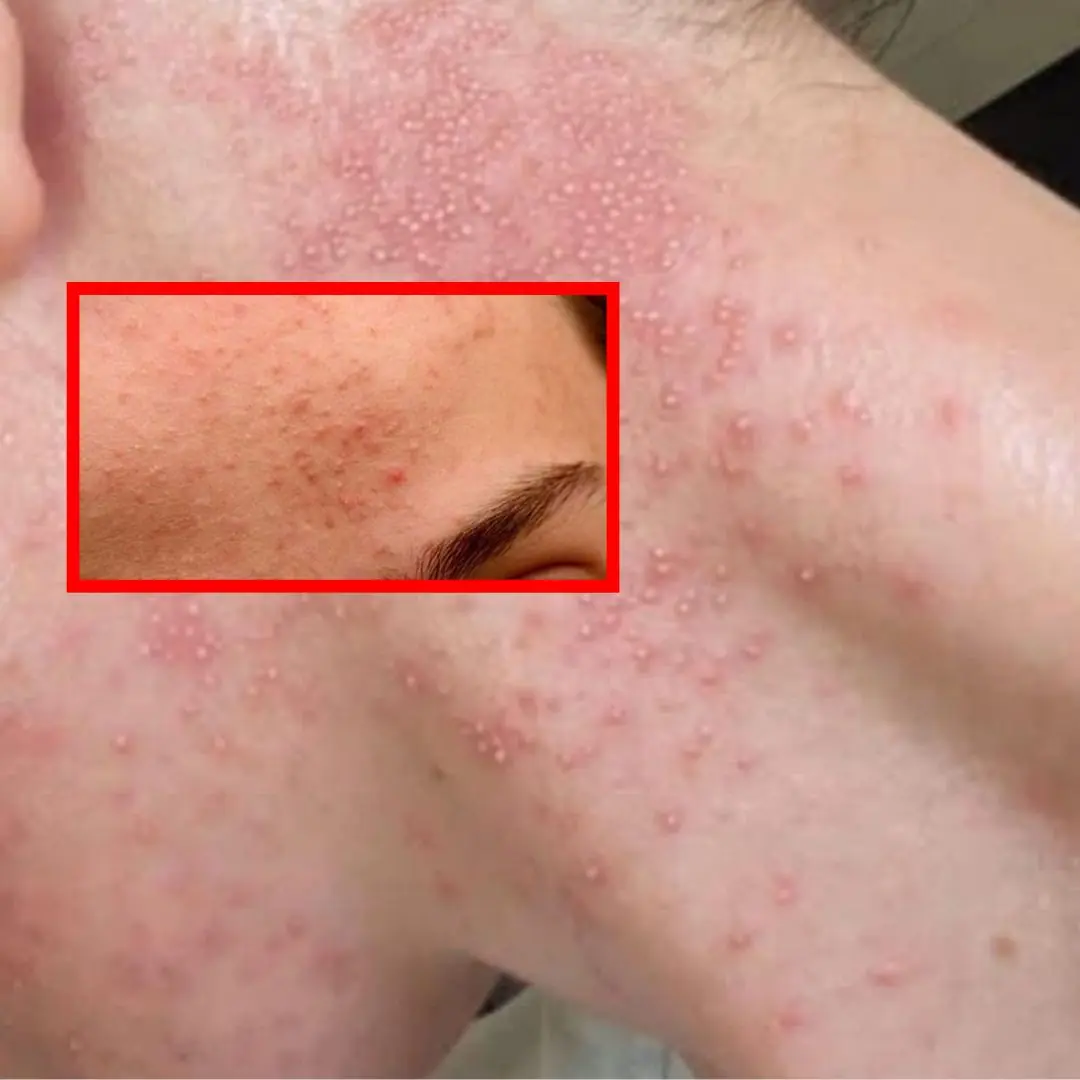
These are the consequences of eating....

5 amazing benefits of drinking warm water with honey
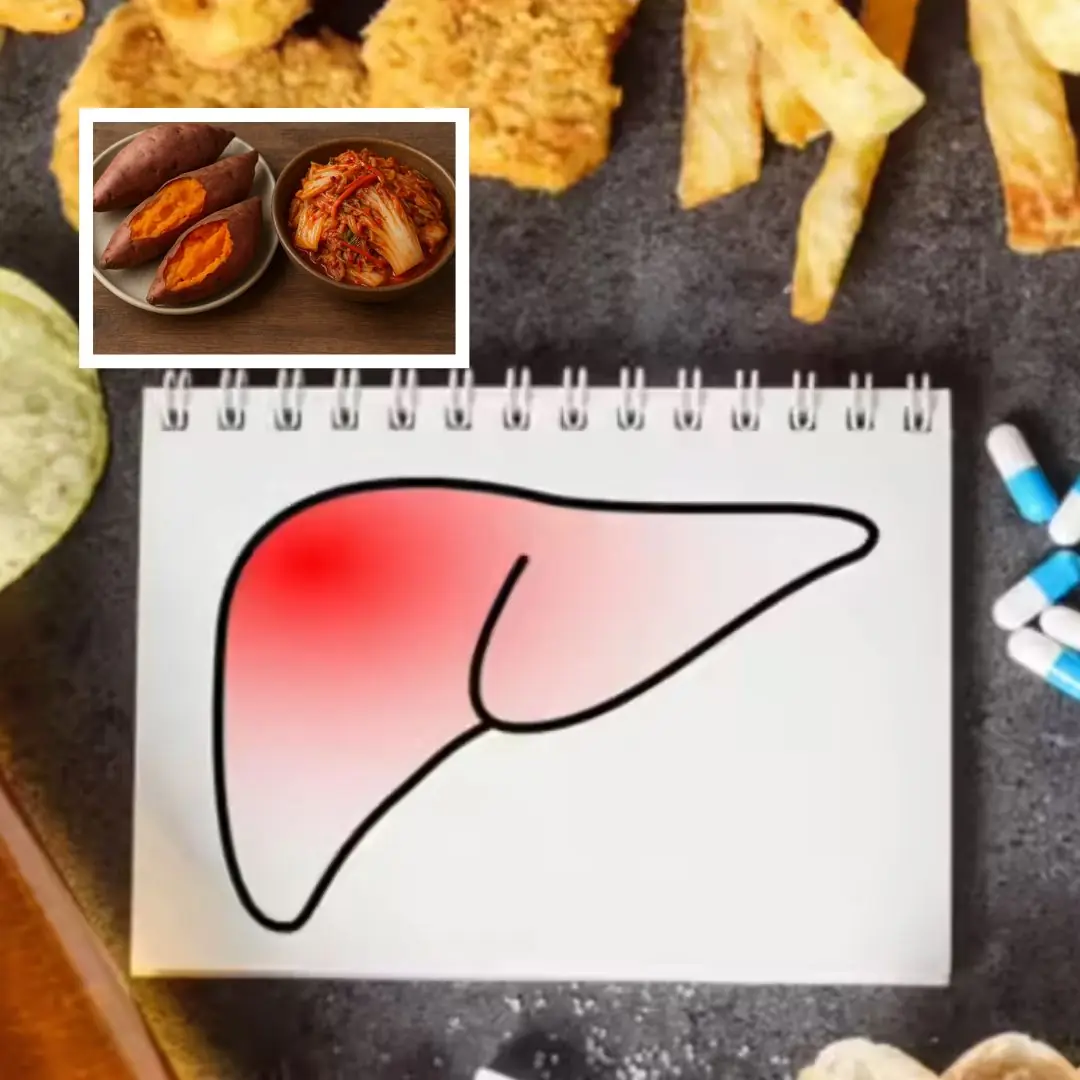
Scientifically Supported Food Combinations That May Benefit Liver Health

Classic Cherry Pie

Hawaiian Pineapple Glazed Ribs

Honey Garlic Roasted Chicken Thighs with Potatoes & Carrots

6 Types of Foods That Negatively Affect Your Thyroid — What to Limit or Avoid

The most powerful herb that removes parasites, urinary tract infections and herpes

Tips to Help Hair Grow Faster and Thicker: A Complete Guide for Strong, Healthy Hair

If You Notice These Two Little Holes on Your Back, It Means You’re Not… Tap to Discover
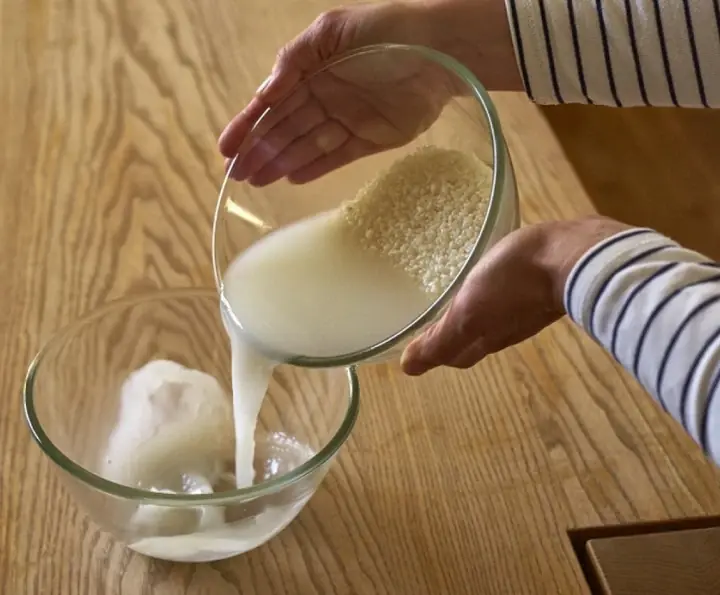
Great effects of rice water you should not miss

Warning: Pain in These Three Areas May Be an Early Sign of Lung Can.cer

Vegetables listed as ca:ncer - causing that many people still eat, should be stopped immediately

If You Find This Insect in Your Home, Here’s What It Means

Tomato Basil Bruschetta

Mediterranean Tortellini Pasta Salad

Swollen Feet? Don’t Ignore This Clear Red Flag — Here’s What It Really Means

Doctors Reveals That Eating Apples Causes

How to Deep-Clean Bed Pillows and Restore Them to Cloud-Like Freshness—Naturally
